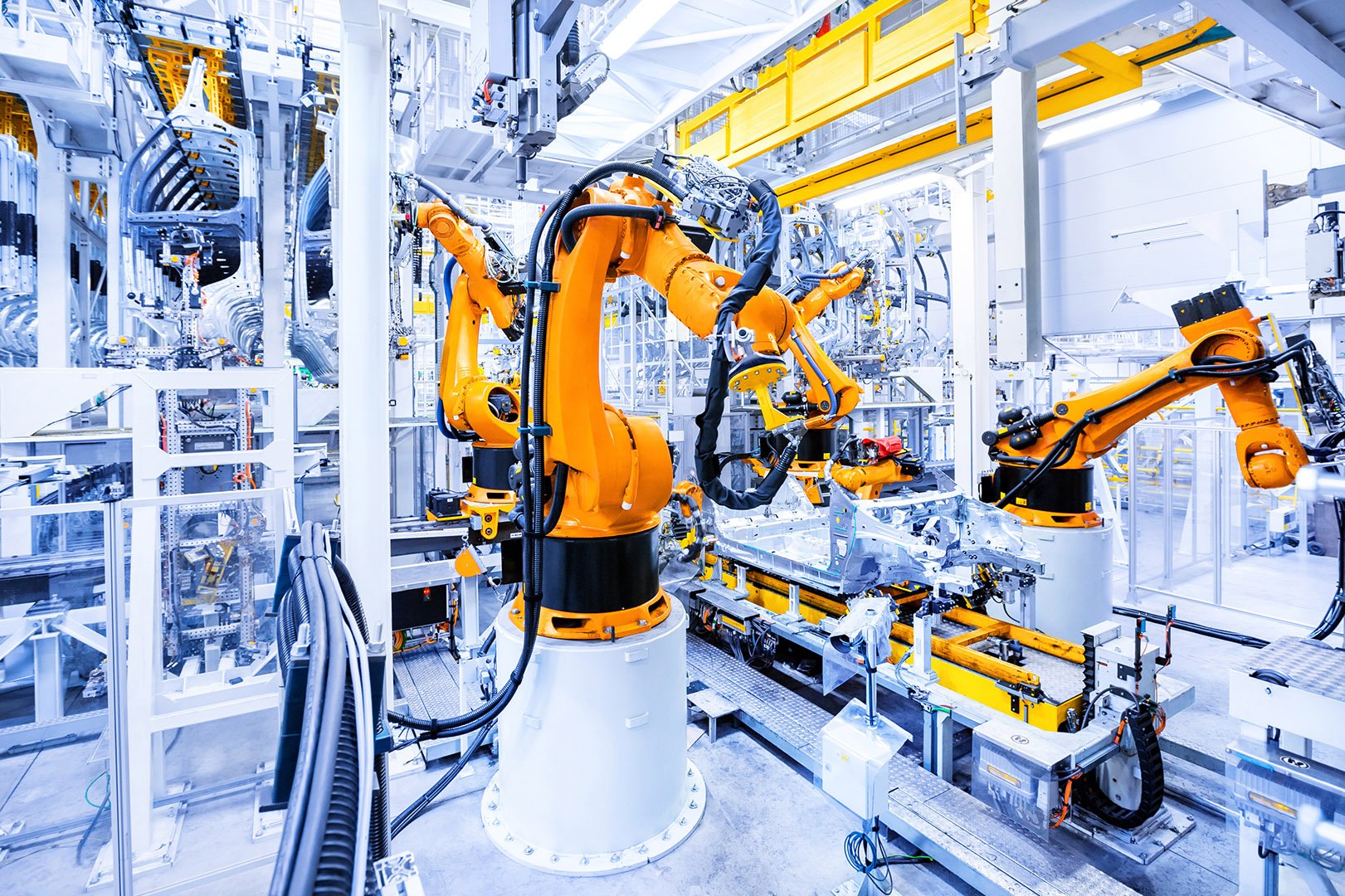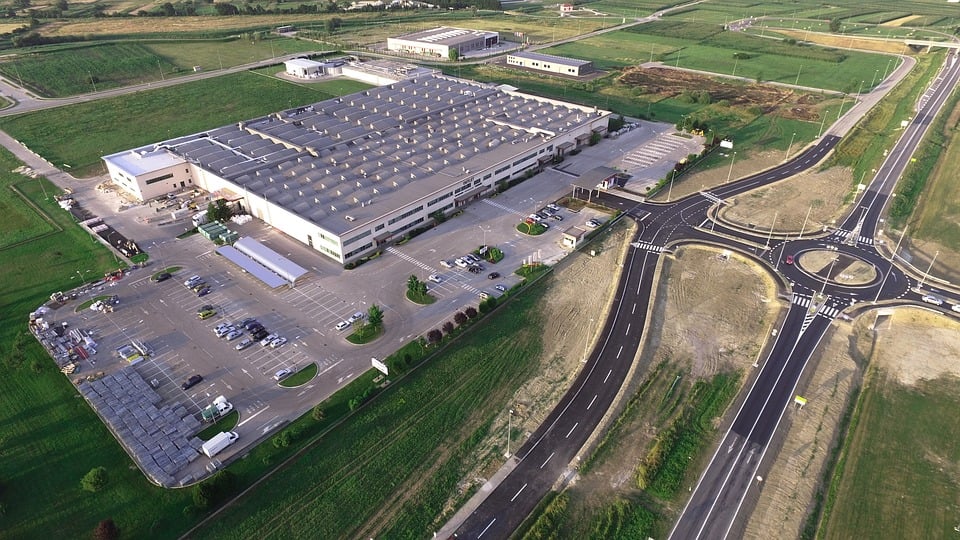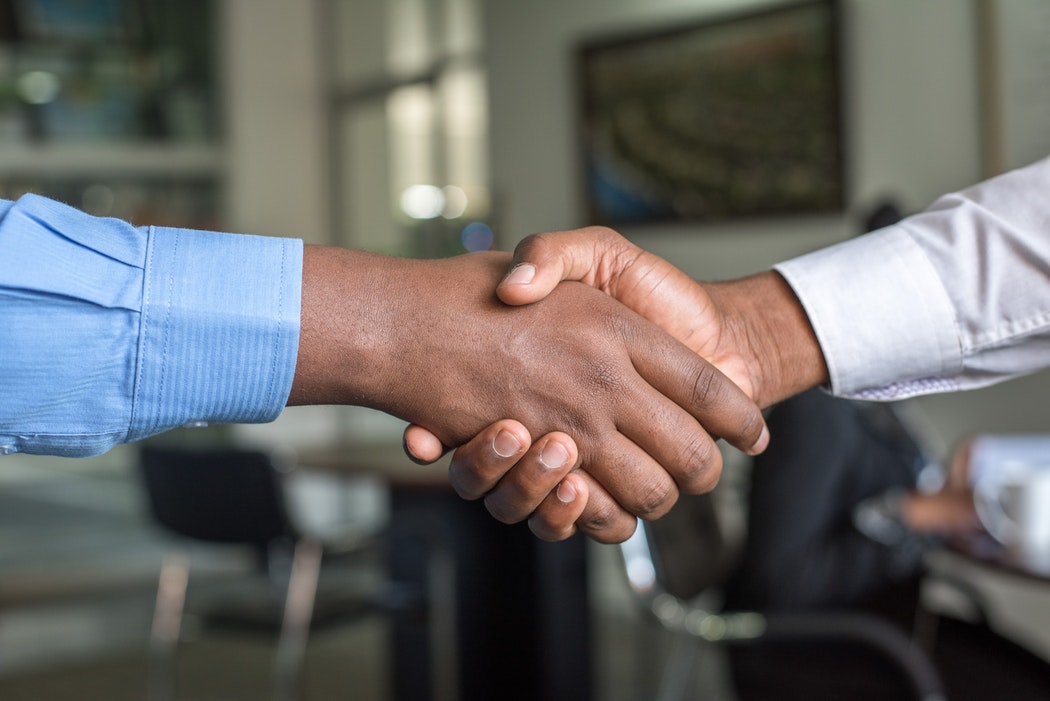Facility Management | January 17, 2025
7 Steps for Commercial Roofing Program Budget Certainty
Managing day-to-day facility operations often leaves little time for future budgeting concerns, especially for roofing assets. Commercial roofing expenditures can seem unpredictable on one's own, making them challenging to budget for. But left unchecked, unexpected roof failures will require immediate replacement and can strain your mind and budget.
Despite these challenges, roofs are one of the largest investments for facility owners and operators, offering significant opportunities to improve facility performance.
This article will share 7 steps on how to develop and implement a roofing asset maintenance plan to maximize your program’s budget certainty. While these steps focus on roofing, they can also be readily applied to your HVAC and pavement asset management programs for the same outcomes.
Given your program's complexity and consequences, partnering with an independent, third-party facility management consultant can be a worthwhile strategic decision. While the following steps could be implemented by your own team, an independent consultant will have the experience, capabilities, and proficiency to take your program from a prolonged series of high-risk guesses into a timely, efficient deliverable that serves your organization’s goals.
7 steps for maximizing commercial roofing program budget certainty
1. Evaluate future requirements for roof expenditures, particularly requirements for re-roofing of existing facilities
In order to accurately prioritize roof expenditures, it’s important to begin with quality commercial roof assessments. Without knowing current roof conditions, it would be impossible to determine which roofs need to be replaced, which can be rehabilitated, and which require repairs and monitoring. Once data for the portfolio is collected, the data should be reviewed considering the following factors:
- Roof age
- Location (or locations for multi-building portfolios)
- Type
- Service/leak history
- Local climate and weather
- Investment horizon
- Building use
Reviewing inspection data for the above factors and estimating the remaining service life for each roof allows for accurate budgeting of future requirements for roof expenditures.
2. Develop strategies to minimize roofing expense while maintaining high roof reliability and performance
Proper data analytics can develop effective preventative maintenance strategies based on assessment data. Analyzing the data and comparing it against those of other roofs will identify patterns and predict potential issues before they become costly problems, ensuring high roof reliability and performance while minimizing costs.
Here are the benefits that data analytics can provide to your program:
- Optimized maintenance schedules: Data-driven insights help schedule maintenance activities effectively, preventing minor issues from escalating.
- Cost-effective solutions: By addressing problems early, you avoid expensive emergency repairs and extend the lifespan of your roofing assets.
- Enhanced performance: Regular, targeted maintenance keeps your roof in optimal condition, ensuring it performs efficiently and reliably.
Regarding roof data comparisons, the depth and quality of the datasets against which they are made will impact your program’s effectiveness. So, consider asking your potential consultant about the data they use to assess roof conditions.
3. Consider alternatives to roof replacement where appropriate that can save money while maintaining reliability and a high-quality image for your facilities
Many roofs are prematurely replaced, but there are often strategies in which the service life of a roof can be extended for several years to make room in the budget for replacement. Strategies include bundled corrective repairs, annual or bi-annual preventive maintenance, and rehabilitation options depending on the roof type. This can allow for higher-priority buildings to be replaced first while keeping the other buildings in your portfolio safe and leak-free and holding a steady year-over-year budget until they are ready for replacement.
4. Save on overall roofing expenditures through effective project scoping and a balanced budget plan
An independent consultant can take the lead in identifying which roofs are viable for rehabilitation and determining the best strategy, high-level scope, budget, and schedule. They will assess each roof's condition and decide which restoration projects can be handled by vetted contractors.
Consultants can also create budget priorities and recommendations in a comprehensive 10-year plan that includes the right mix of roof maintenance, repair, rehabilitation, and replacement for each facility and the entire building portfolio. With their expertise, you can implement a preventative maintenance plan that provides both budget certainty and peace of mind, knowing your roofing assets are well-managed and protected.
5. Bundle all categories of roof work into efficient packages to take advantage of economies of scale
Creating scopes of work, materials, and labor estimates can be daunting but is invaluable for your high-priority corrective repairs. A consultant can help you bundle all categories of roof work into efficient packages, leveraging economies of scale to ensure budget certainty. These bundles can be designed to create the most efficient approach based on the type of work, location of the project, and proximity to other nearby properties.
This includes:
- Identifying critical repairs that need immediate attention and any other defects found to address simultaneously before they become bigger problems.
- Estimating the costs associated with materials and labor.
- Providing an estimate of the extended remaining service life due to these repairs.
By bundling the work, your consultant can:
- Negotiate better pricing and response times with contractors due to the larger volume of work.
- Reduce mobilization costs by scheduling multiple projects in the same area.
- Streamline project management and oversight, leading to more efficient execution.
6. Optimize expenditures to align with priorities, capital vs. operating expenses, and future facility portfolio strategy
Now that the initial program scoping has been taken care of, all that data and planning will need to be applied to execute the program. This means outlaying the right expenses for the right projects at the right time, so as not to derail your program with unbalanced priorities.
By partnering with a consultant, you can ensure that your roof maintenance program is executed efficiently and effectively, leading to a clear success. If you choose to bring on a consultant, they will be your strategic partner throughout the process.
They will help you with:
- Prioritization: Consultants will work closely with you to set clear priorities based on your facility's—and portfolio’s—specific needs and goals.
- Budgeting: They will help build appropriate budgets that align with both capital and operating expenses, ensuring financial resources are allocated effectively.
- Scheduling: Consultants will develop predictable schedules to ensure timely execution of projects, avoiding unnecessary delays and disruptions.
- Balanced Approach: By taking a balanced approach, consultants help prevent leaks and extend the reliable service life of your roofs, reducing the need for premature replacements.
7. Provide efficient 24/7 leak response that proactively collects data points during repairs
While leak response may seem inherently remedial, a good consultant brings many benefits to your program. Here’s how they do it:
- Swift Response: Consultants have the ability to respond to leaks faster than the client, minimizing damage and disruption. Their expertise allows them to quickly identify the source of the leak and implement effective repairs.
- Single Point of Contact: With a depth of vetted contractors at their disposal, consultants serve as a single point of contact for all leak repairs. This streamlined approach ensures that repairs are carried out efficiently and to a high standard. You won’t have to juggle multiple contractors or worry about the quality of work.
- Comprehensive Assessments: During leak repairs, consultants assess the entire building for other leaks or defects beyond the initial issue. This proactive approach ensures that all potential problems are addressed simultaneously, preventing future issues and extending the lifespan of your roof.
- Data Capture: Consultants proactively capture data points on the backend, creating a comprehensive profile of your roof’s condition for future maintenance planning, allowing you to make informed decisions and maintain budget certainty.

What is an independent, third-party consultant, and what should they do for your program?
When managing your commercial roof maintenance program, an independent, third-party consultant can be a valuable asset. But what exactly is an independent consultant, and what should they do for your program?
What an independent consultant IS NOT
- A Roofing Manufacturer or Roofer: An independent consultant is not a roofing manufacturer or a roofer. They don’t have the same financial motivations to recommend capital replacements. Instead, they are driven by your outcomes and will suggest maintenance, rehabilitation, and replacement strategies based on the actual condition of your roof and your overall financial goals.
- Your Data’s New Owner: A consultant will gather data about your roof to help develop your program, but they do not own your data. Your data remains yours. The consultant will collect key data points, analyze them, formulate options, and provide as much visibility as you desire, ensuring you have complete control over your information.
- A Site-Level Only Manager: A good consultant will help you manage your roof program from a corporate level, aligning your roof management strategy with your overall budget and strategic goals and avoiding siloed decision-making at the single building level.
Why an independent consultant can help your roof program’s budget certainty
An independent consultant is your strategic advisor whose best interest lies in effectively launching and managing your roof program. Here’s how they can help:
- Expertise: With specialized knowledge in roof management, consultants can identify the best strategies for maintenance, rehabilitation, and replacement, ensuring your roof remains in optimal condition.
- Capabilities: Consultants have access to a network of vetted contractors and advanced tools, enabling them to execute repairs and maintenance efficiently.
- Resources: By managing your roof program, consultants save your team’s time and attention, allowing you to focus on your core business activities.
Bringing it all together
While most of these steps could be performed in-house, an independent consultant can provide great value in expertly managing your roof program’s planning and execution. By leveraging their expertise, capabilities, and resources, consultants ensure that your roof maintenance program is executed efficiently and effectively, leading to clear success.
These steps can also be readily applied to HVAC systems, pavement, and other building assets. The principles of regular inspections, preventive maintenance, strategic budgeting, and efficient project management are universal and can help you achieve budget certainty across various aspects of your facility management.
Mantis Innovation has been strategically advising and managing roofs and other building assets for over twenty years. With data points on over three billion square feet of roofs, we have the experience and knowledge to compare roof conditions and develop effective maintenance strategies. If your organization is concerned about its roof or other asset maintenance programs, contact our facility management team.
Related Posts
Discover more content and insights from Mantis Innovation

Five Trends Driving Data Center Facility Energy Optimization
Today’s digital economy, commercial and industrial digitalization, and the recent explosion in artificial intelligence and machine learning (AI/ML) powered computing are driving massive growth in

Modernizing Manufacturing Facilities: Practical Steps for Better Performance
In today's competitive manufacturing landscape, staying ahead requires more than maintaining the status quo. Modernizing facilities and operations is essential for improving efficiency, performance,

Modernizing Manufacturing Facilities: The Drivers and Direction
This blog is just a glimpse into the deep dive we take in our new white paper, Modernizing Manufacturing. Download the white paper here to skip the teaser and get the whole story. The stage is set

How to Finance Energy Efficiency Projects
Financing energy efficiency projects is a part of every sustainability initiative. Once a facility is audited and Energy Conservation Opportunities (ECOs) are identified, every company must tackle